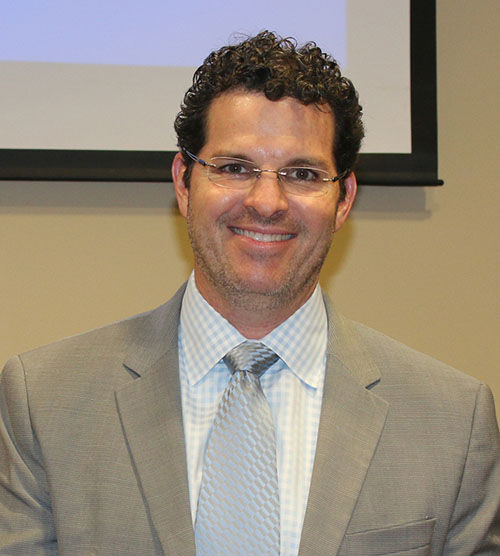On the Nov. 8 general election ballot, all Palm Beach County voters will be asked a question that will affect almost every purchase for the next decade, or when the county collects at least $2.7 billion.
The countywide question would allow Palm Beach County to collect an additional one-cent sales tax to support schools, roads and other capital projects.
The text of the amendment is: “To enhance education by improving district-owned school buildings, equipment, technology and security; purchase school buses, public safety vehicles and equipment; and equip, construct and repair roads, bridges, signals, streetlights, sidewalks, parks, drainage, shoreline and wastewater infrastructure, recreational and governmental facilities; shall the county levy a one-cent sales surtax beginning Jan. 1, 2017 and automatically ending on or before Dec. 31, 2026, with independent oversight by citizen committees?”
The funds gained from raising the county’s sales tax from 6 percent to 7 percent would be split among the school district (50 percent), the county (30 percent) and municipalities (20 percent).
Assistant County Administrator Todd Bonlarron has been visiting groups, organizations and libraries to explain the countywide question, as well as the four state constitutional amendments on the ballot.
Last month, local voters gathered at the Wellington library to learn more about the ballot question.
“It’s sponsored by the Board of County Commissioners and the Palm Beach County School Board,” he said.
Starting in 2008, the county faced belt-tightening brought on by the national recession, Bonlarron explained. Instead of cutting crucial county operations and services, infrastructure was maintained on a pay-as-you-go basis, leading to a huge backlog in needed capital projects.
“When they started slashing some of those capital construction budgets to keep the operational side afloat, a lot of that infrastructure started crumbling,” Bonlarron said. “A couple of options were discussed.”
The options included increasing ad valorem taxes and/or issuing bonds, both of which were rejected, and the proposed one-penny sales surtax.
“They looked at this particular funding source — which the legislature grants to all governments, and all but nine local governments in the State of Florida use some form of this local infrastructure sales surtax,” Bonlarron said.
The referendum asks voters to help repair, restore and replace some of the backlog and the deferred costs of infrastructure that has been put off for the last decade or so.
Restorations or repairs include 50-year-old bridges; drainage problems; dark streets; bumpy roads; broken playground equipment; crumbling sidewalks; aging school buildings, school buses, police cars and safety equipment; rusted jail bars and deferred courthouse maintenance; congested intersections; faulty sewer systems; and more.
A sunset provision to end the surtax was put in place, which was important, Bonlarron said. All of the funds will be audited and overseen by citizen committees. Annual reports will be issued to show how the money is spent. The surtax could continue for as long as 10 years, but will sunset once $2.7 billion is raised.
“One of the reasons that the county liked this particular structure is because it was one where tourists contributed about 25 percent of the revenue,” Bonlarron said, “so it wasn’t just asking local taxpayers and property taxpayers to foot the bill. It tried to capture some of the visitors who come into our community.”
This is not the first time that a surtax has been on the ballot. Voters approved a half-cent surtax specifically for the school district in 2004. That tax sunset in 2010.
The current surtax, Bonlarron said, applies to all tax transactions subject to state sales tax, and applies only to the first $5,000 of sales prices of tangible personal property. Many items are still exempt, such as groceries, baby food and formula, as well as medicines.
“One of the other things about this is that the surtax stays local. Your 6 percent still goes to Tallahassee,” Bonlarron said. “But this one, almost every penny stays in Palm Beach County, except for a small Department of Revenue charge.”
There are several organized advocacy groups supporting the tax. Currently, there are no known organizations actively opposing it, although some people have expressed the belief that the government should find a way to do the necessary updates using current tax revenue.
“If this doesn’t pass, local governments around the county will have to go back and try to do that,” Bonlarron said. “Either they’ll have to go back and cut some services from the existing budgets, or they’ll have to go back and look at those other revenue sources… and raise ad valorem taxes, or issue bonds, or some combination of the one, two or three of those, to try to figure out how they’re going to fund the backlog… The question is what the funding source is and how they’re going to do that.”
To learn about how, if approved, the tax money would be used, visit www.onecountyonepenny.org. Through the web site, it is possible to see school and county projects, and their locations, down to the neighborhood and community levels.
ABOVE: Assistant County Administrator Todd Bonlarron recently spoke at the Wellington library.








